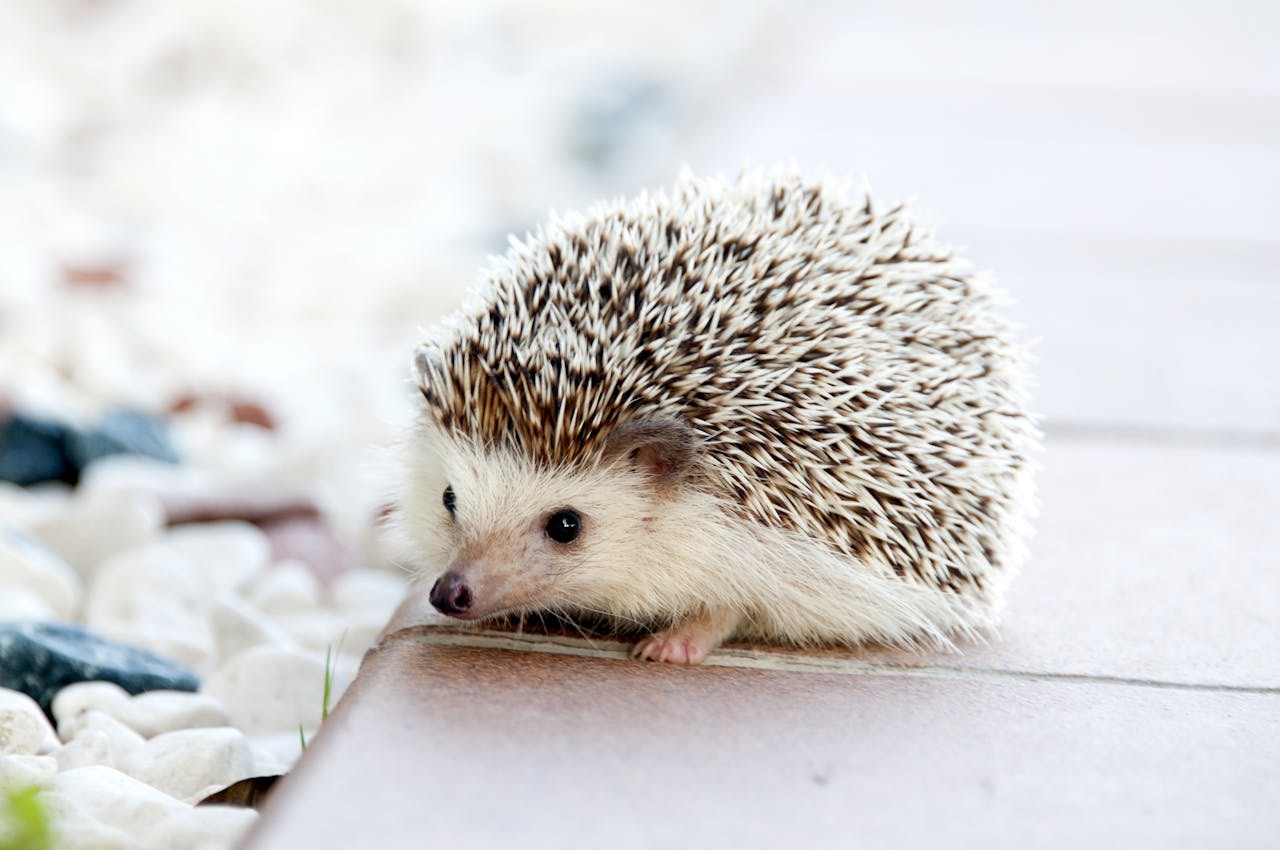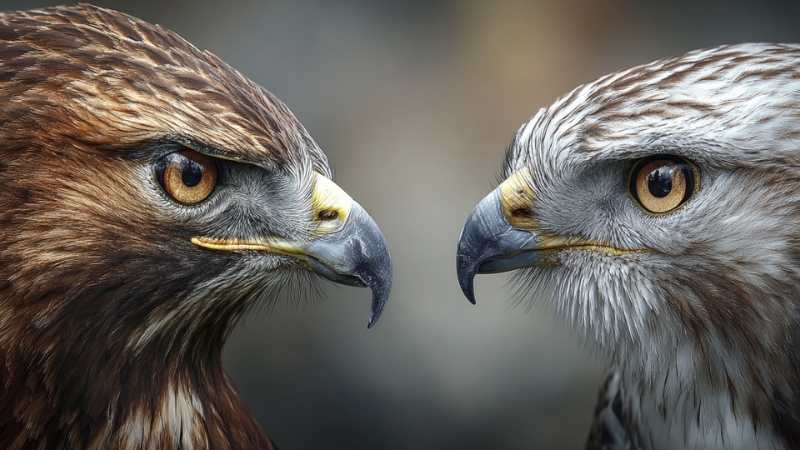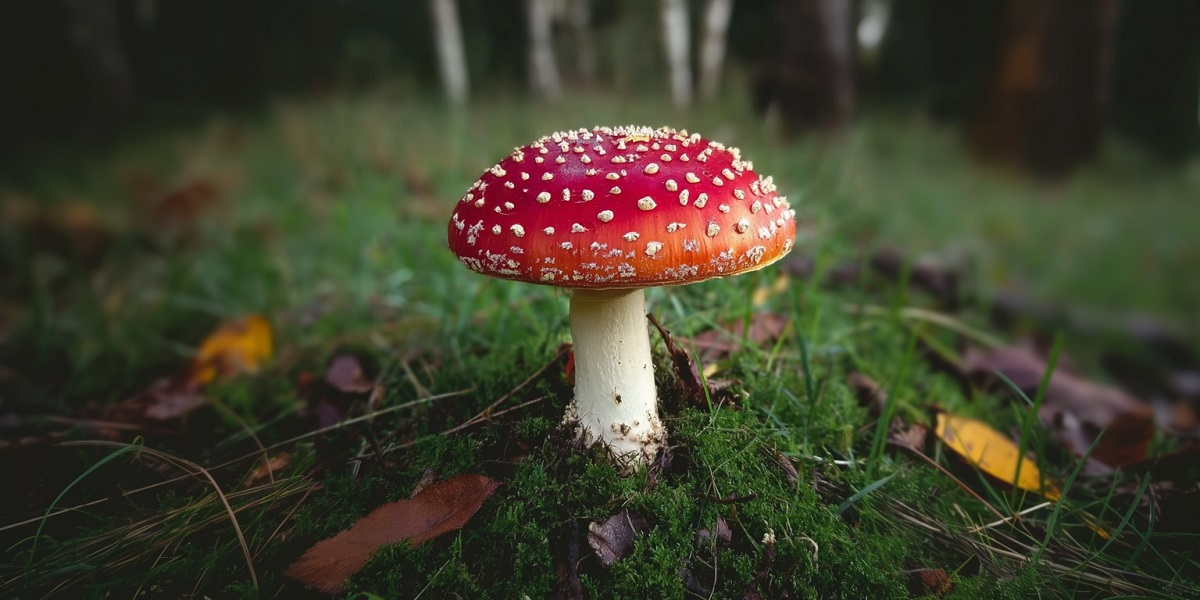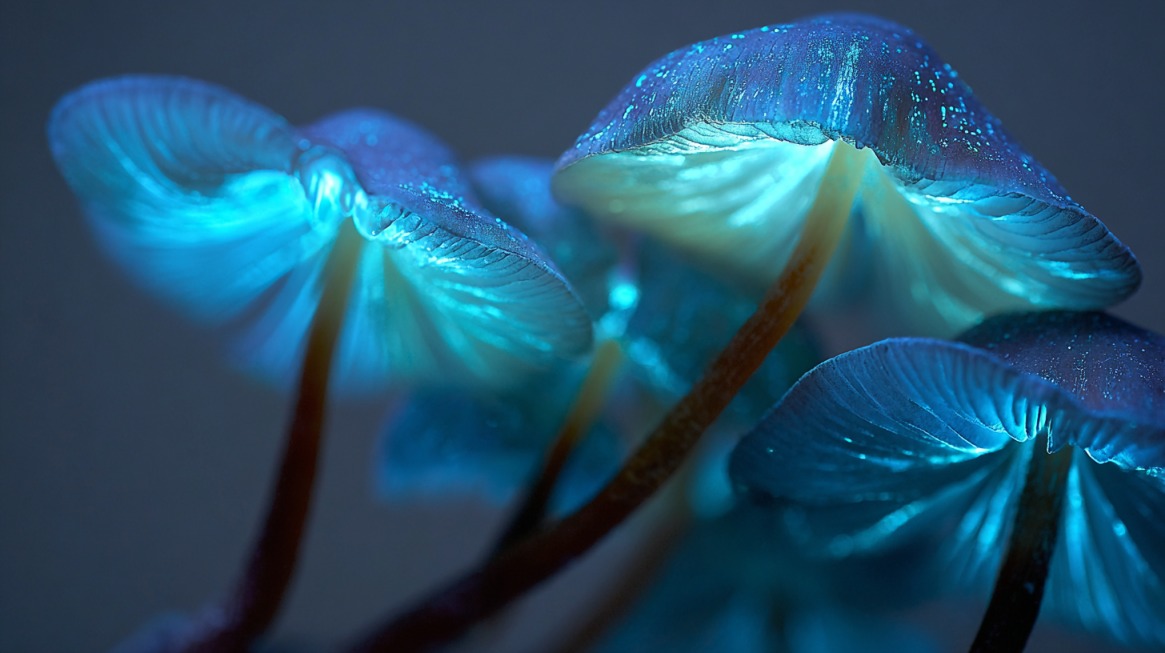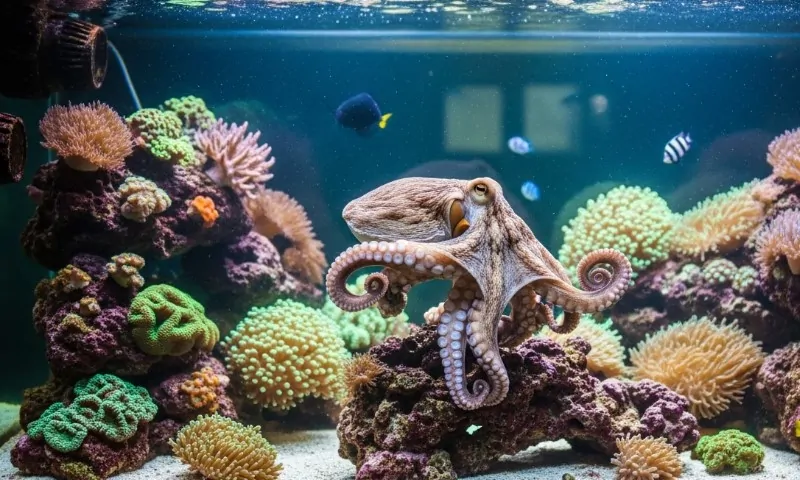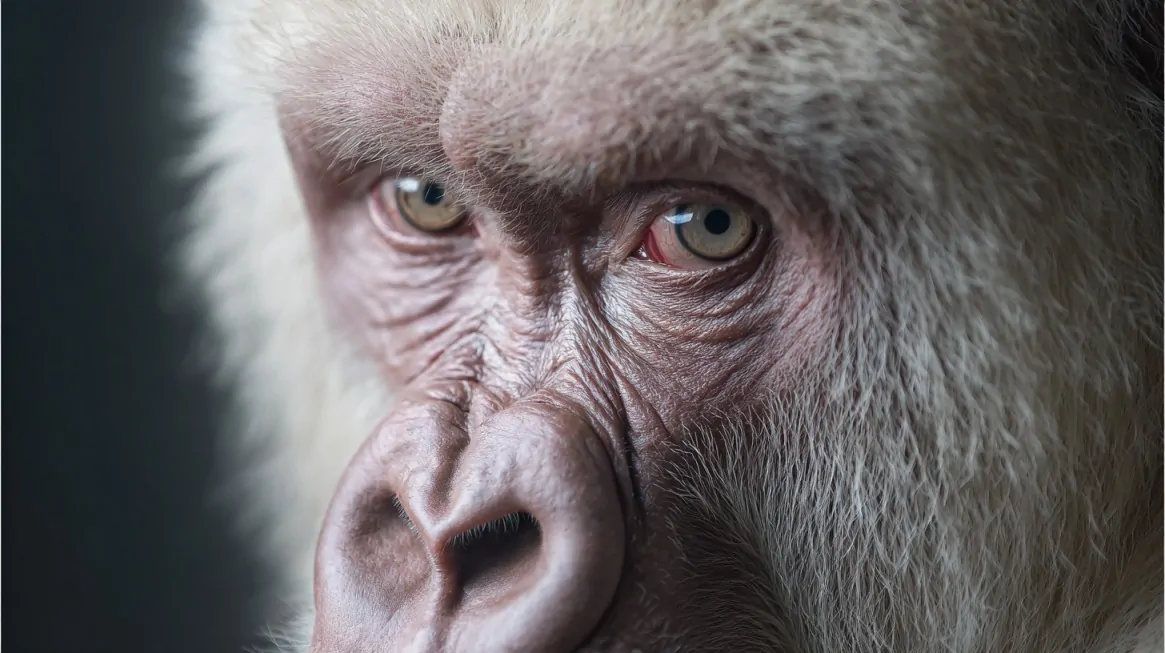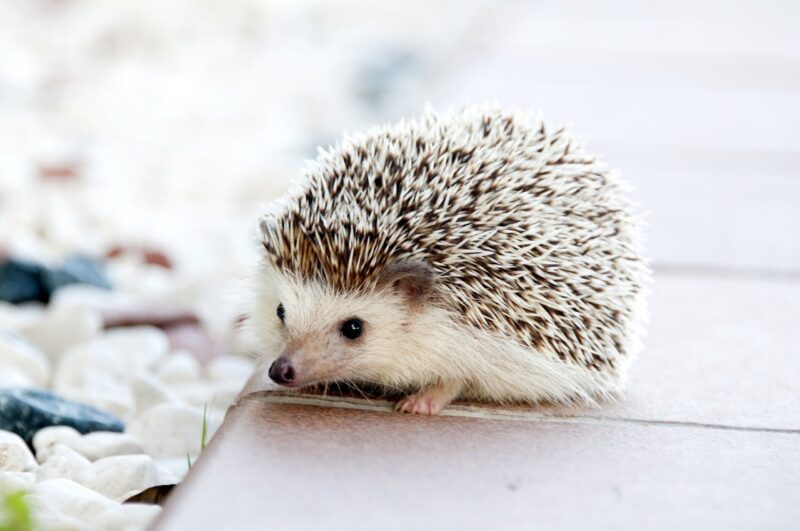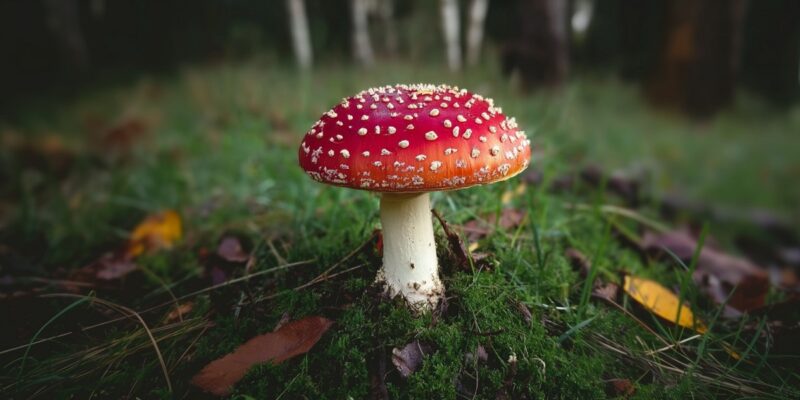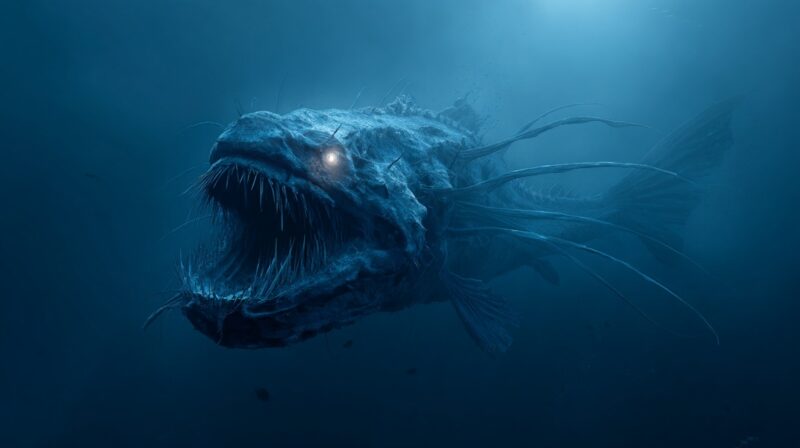
Share Post:
Deep beneath the ocean’s surface lies a world few humans will ever witness.
Pressures crush, sunlight disappears, and creatures have evolved in ways that seem straight out of a nightmare.
Each inhabitant of these dark waters has developed adaptations that blur the line between science fiction and reality.
Today, we will enter a world of darkness, teeth, and glowing horror together as we meet the ten most terrifying creatures of the abyss.
| # | Creature | Features | Habitat | Scare Factor |
|---|---|---|---|---|
| 1 | Anglerfish | Bioluminescent lure, oversized jaws, pitch-black habitat | Over 2,000 meters deep | Parasitic mates and monstrous jaws |
| 2 | Goblin Shark | Sword-like snout, extendable projectile jaw | Up to 4,000 feet deep | Snap-jaw prehistoric predator |
| 3 | Bobbit Worm | Buried ambush predator, scissor-like jaws, up to 10 feet long | Tropical seabeds | Slices prey in half instantly |
| 4 | Frilled Shark | Eel-like body, rows of needle teeth, ancient lineage | Up to 4,000 feet below the surface | Ancient sea serpent look |
| 5 | Viperfish (Sloane’s Viperfish) | Needle-like teeth, glowing lure, hinged skull | 250 to over 5,000 feet | Fangs too long to close mouth |
| 6 | Sea Toad (Chaunacops) | Bright red body, walking fins, facial lure | Around 4,500 feet deep | Walks the seafloor to hunt |
| 7 | Lamprey | Jawless, suction-cup mouth, concentric teeth rings | Rivers and oceans, including parts of the UK | Bloodsucking parasite |
| 8 | Giant Isopod | 14-legged crustacean, up to 16 inches long | 500 to 7,000 feet deep | Giant scavenger and cannibal |
| 9 | Zombie Worm (Osedax) | Bone-eating, no mouth or stomach, secretes acid | Around 10,000 feet deep | Feeds on whale bones |
| 10 | Giant Siphonophore | Up to 130 feet long, colonial organism | Deep ocean midwater zones | Massive glowing death trap |
1. Anglerfish
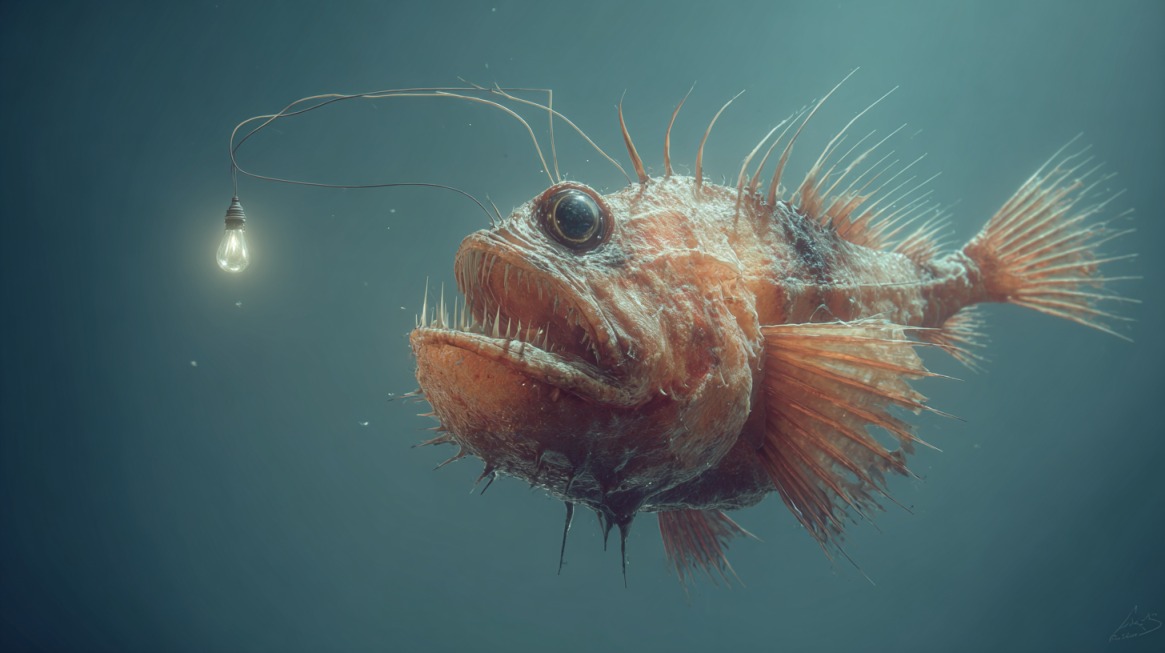
- Features: Bioluminescent lure, oversized jaws, pitch-black habitat
- Habitat: Over 2,000 meters deep
- Scare Factor: Males fuse with females, creating a floating creature of pure hunger and instinct
Floating in complete darkness, the anglerfish waits patiently with a glowing lure that dangles in front of its monstrous mouth.
It uses this bioluminescent beacon to attract prey, only to devour it with sharp, needle-like teeth.
Females dominate the species, while males lead a parasitic existence, fusing permanently to their partners and becoming nothing more than a reproductive appendage.
Its features and haunting glow make it one of the ocean’s most chilling predators.
2. Goblin Shark
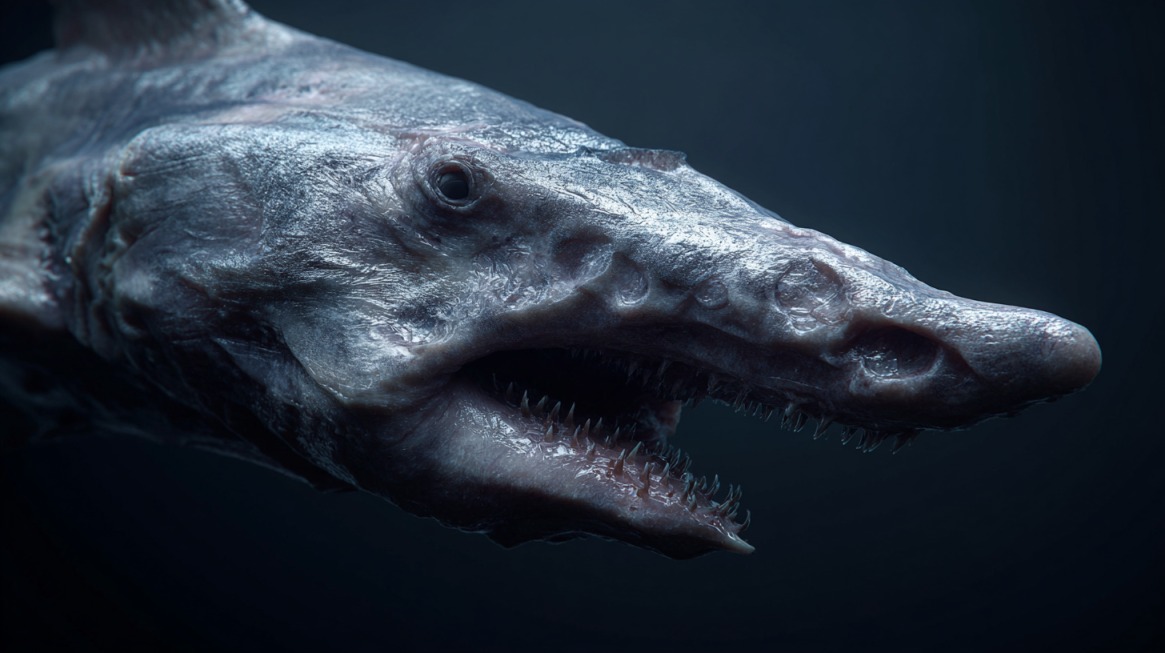
- Features: Sword-like snout, extendable projectile jaw
- Habitat: Up to 4,000 feet deep
- Scare Factor: A prehistoric predator with a spring-loaded mouth ready to strike without warning
Often called a “living fossil,” the goblin shark has remained unchanged for millions of years.
Its most terrifying feature is a long, blade-like snout paired with a jaw that shoots forward at lightning speed.
Prey is snatched in a flash before it even senses danger.
With pale pink skin and protruding teeth that give it an undead appearance, the goblin shark looks like something designed in a horror lab.
3. Bobbit Worm
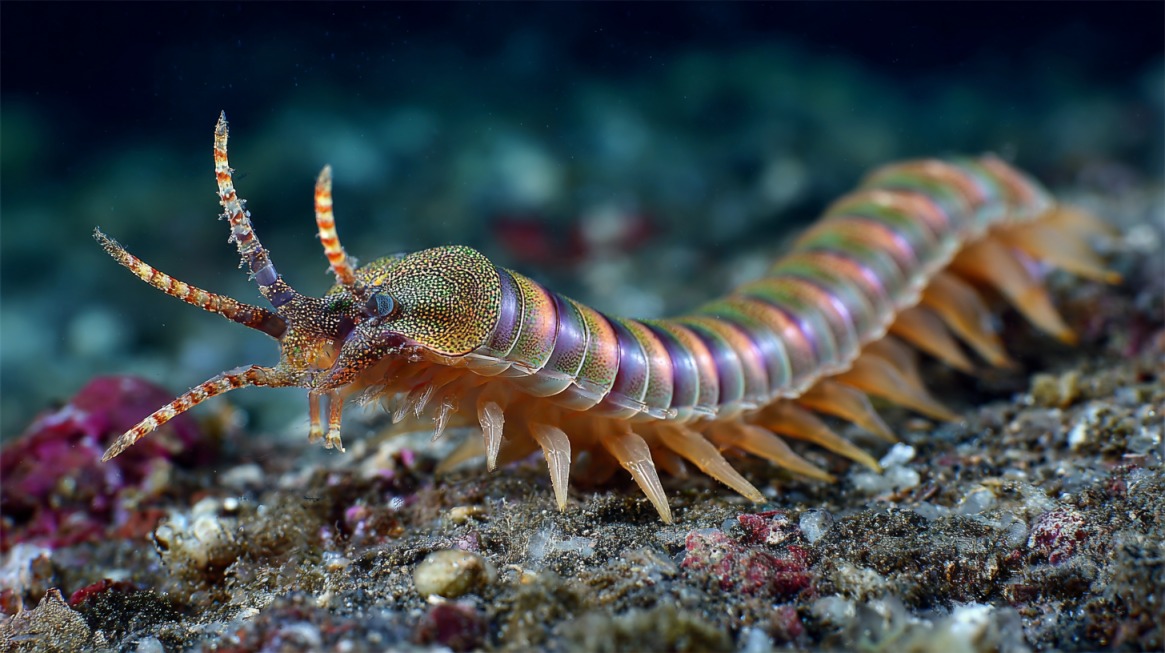
- Features: Buried ambush predator, scissor-like jaws, up to 10 feet long
- Habitat: Tropical seabeds
- Scare Factor: Capable of cutting prey in half before pulling it underground
Hidden beneath ocean sands, the bobbit worm is a silent assassin.
With lightning-fast reflexes and scissor-like jaws, it can slice fish clean in half.
Some grow up to 10 feet long, with iridescent bodies that shimmer under faint light, a deceptive beauty masking their brutality.
When prey passes overhead, the worm lunges upward, dragging victims down into its burrow in seconds.
4. Frilled Shark
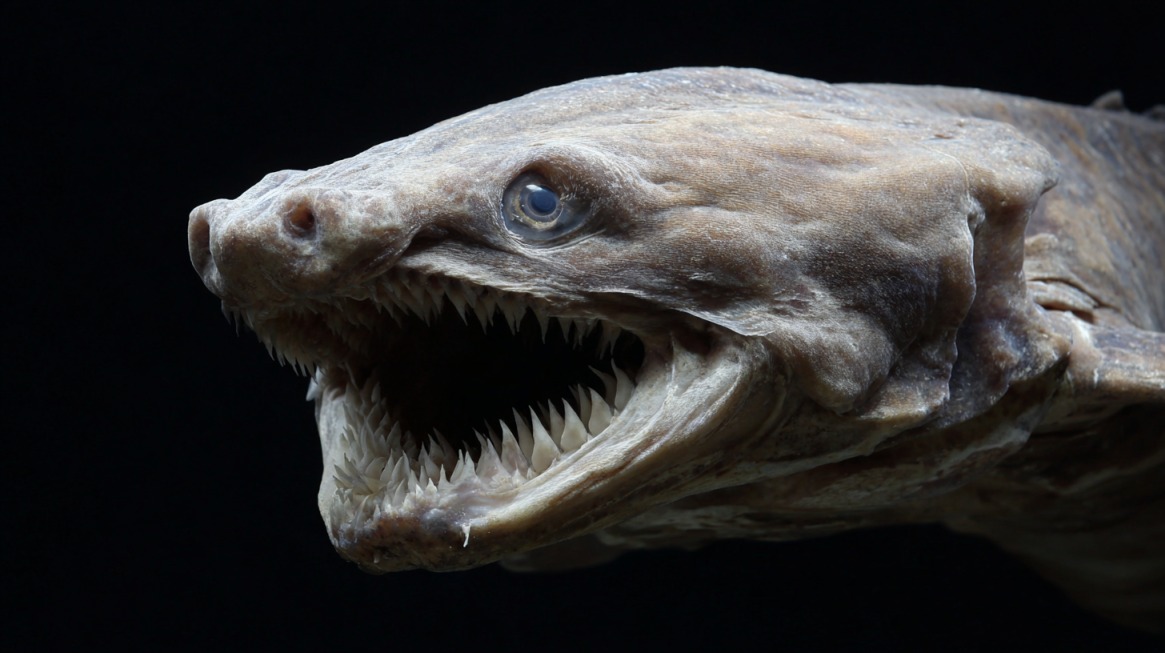
- Features: Eel-like body, rows of needle teeth, ancient lineage
- Habitat: Up to 4,000 feet below the surface
- Scare Factor: A ghost of evolution, resembling a mythical creature lurking in dark waters
With an eel-like body and ancient origins, the frilled shark appears as if time forgot it.
It possesses 300 needle-shaped teeth arranged in rows, and it captures prey with a single sweeping motion.
Its slow, serpentine swimming and prehistoric appearance give rise to sea serpent legends.
Scientists believe it carries young for more than three years, making it one of the longest gestation periods known among vertebrates.
Read more: What shark breeds are the least dangerous ones? Find out here in our detailed guide!
5. Viperfish (Including Sloane’s Viperfish)
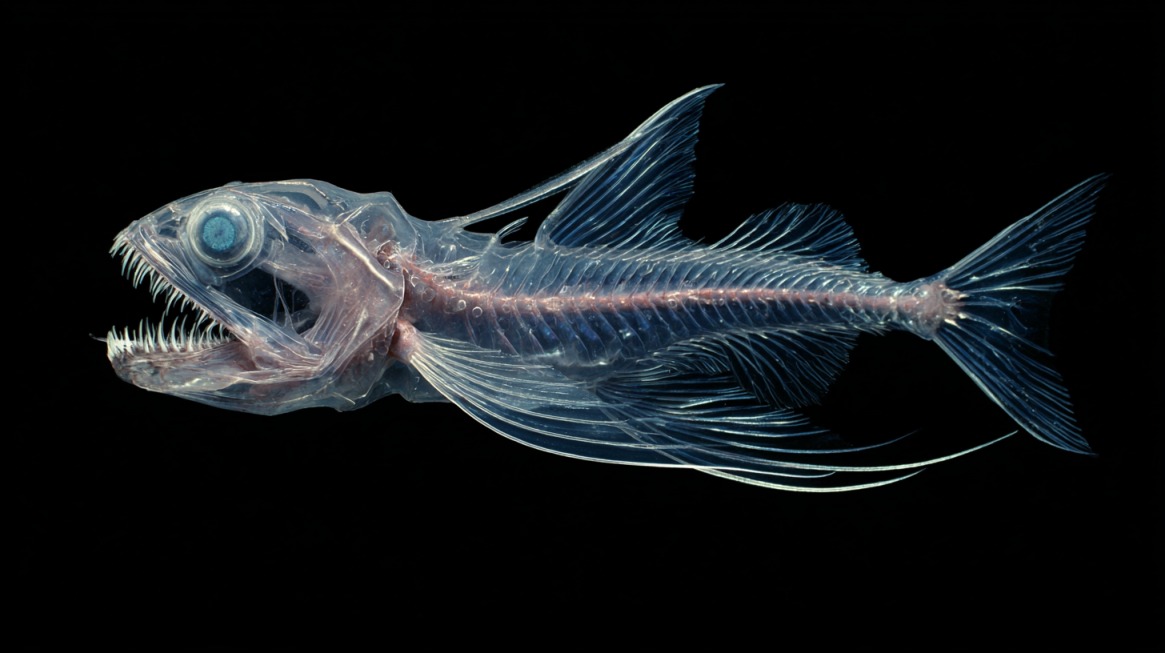
- Features: Needle-like teeth, glowing lure, hinged skull
- Habitat: 250 to over 5,000 feet
- Scare Factor: A living nightmare with teeth that prevent it from closing its mouth
Few creatures embody fear like the viperfish.
Its fangs are so long that it cannot close its mouth, creating a constant display of terror.
Using a glowing lure on its dorsal fin, it attracts prey before launching forward with a hinged skull that unhinges wider than its body length.
Each movement in the pitch-black water is a potential ambush, making the viperfish one of the ocean’s most efficient killers.
6. Sea Toad (Chaunacops)
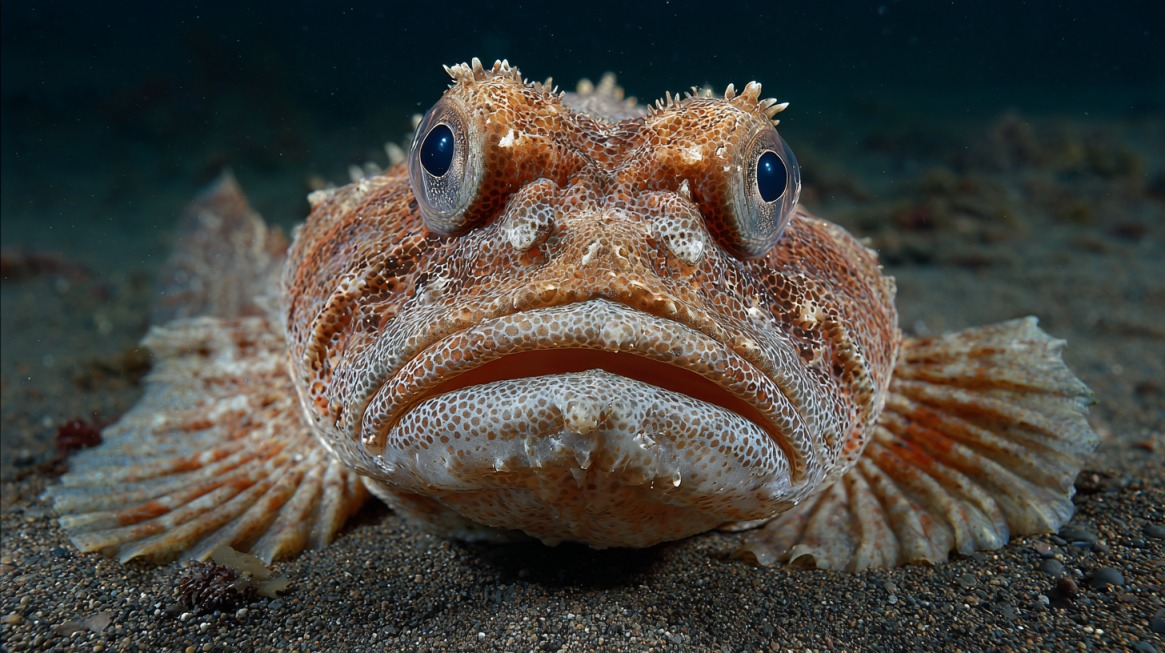
- Features: Bright red body, walking fins, facial lure
- Habitat: Around 4,500 feet deep
- Scare Factor: A bizarre seafloor predator that “walks” instead of swims
With a bright red, almost alien-like body, the sea toad seems to defy logic.
It walks rather than swims, using modified fins to stroll across the seafloor in search of prey.
A facial lure helps attract unsuspecting victims.
Its odd gait and expressionless face add to its eerie charm, creating an image that is both fascinating and disturbing.
7. Lamprey
- Features: Jawless, suction-cup mouth, concentric teeth rings
- Habitat: Rivers and oceans, including parts of the UK
- Scare Factor: A living bloodsucker that drains its victims through sheer persistence
Few creatures have earned their horrifying reputation like the lamprey.
With a circular mouth lined with rows of sharp teeth, it latches onto other fish and feeds on their blood.
Lacking jaws, it uses suction and tongue-like scraping to pierce skin.
Once attached, it rarely lets go until it has drained enough to move on to another victim.
Its parasitic behavior mirrors something out of a vampire story set underwater.
8. Giant Isopod
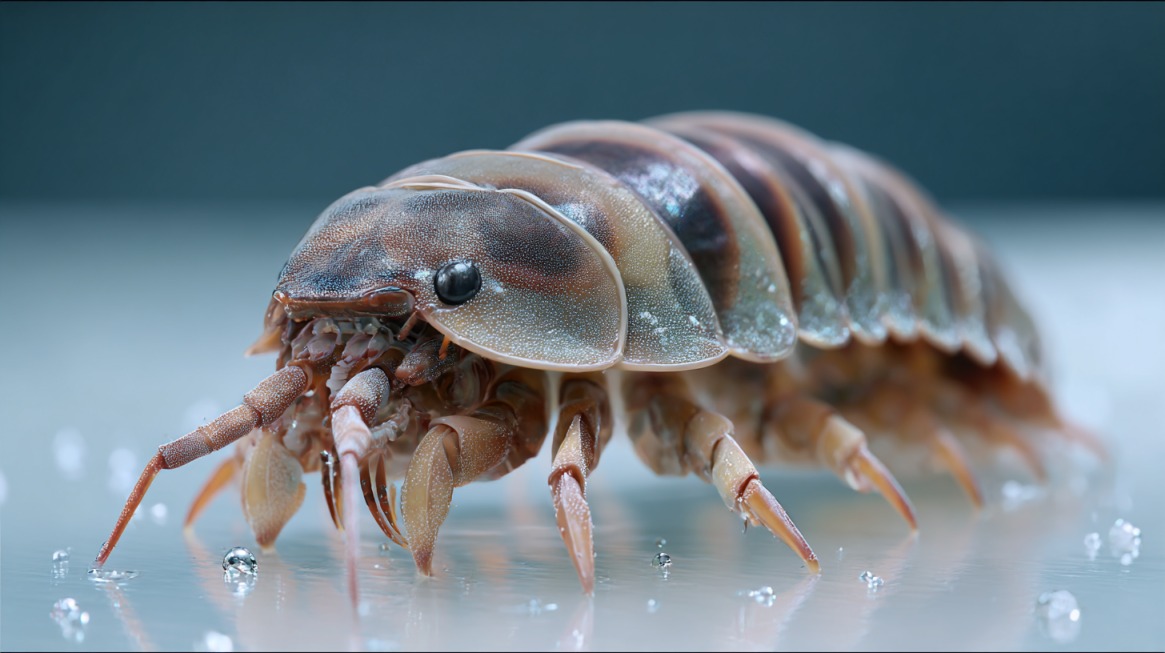
- Features: 14-legged crustacean, up to 16 inches long
- Habitat: 500 to 7,000 feet deep
- Scare Factor: A massive crustacean that feeds on the dead, and sometimes its own
Imagine a pill bug the size of a housecat crawling across the seafloor.
Giant isopods scavenge carcasses and occasionally feed on their own kind.
With 14 legs and armored shells, they are adapted for a life of crushing pressure and freezing darkness.
Their slow, deliberate movements make them seem emotionless, like mechanical scavengers programmed to clean the abyss.
9. Zombie Worm (Osedax)
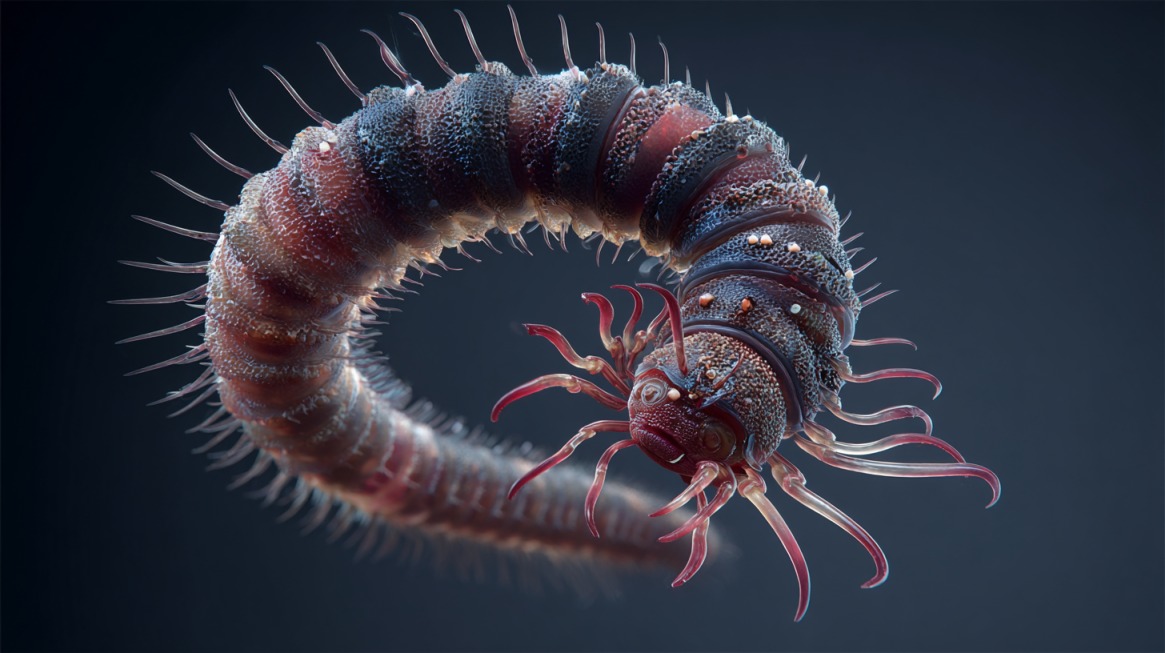
- Features: Bone-eating, no mouth or stomach, secretes acid
- Habitat: Around 10,000 feet deep
- Scare Factor: Dissolves whale bones and harbors male parasites inside its body
No mouth, no stomach, no problem.
Zombie worms feast on the bones of dead whales using acid-secreting enzymes.
Females dominate colonies, while microscopic males live inside their bodies purely to reproduce.
Their ghostly, hair-like appearance makes them seem more spirit than animal.
They embody decay itself, turning the remains of giants into sustenance for the abyss.
10. Giant Siphonophore
- Features: Up to 130 feet long, colonial organism
- Habitat: Deep ocean midwater zones
- Scare Factor: A colossal, glowing trap made of thousands of living parts acting as one
Stretching up to 130 feet long, the giant siphonophore could rival a blue whale in length.
It is not one creature but a colony of specialized organisms working together.
Some provide movement, others capture prey, and others digest food.
Its glowing tendrils hang in the dark like a massive, living chandelier of death, ensnaring everything that drifts too close.
Final Thoughts
Only a fraction of the deep ocean has been explored, leaving countless horrors still hidden.
Their adaptations reveal the extremes life can endure.
Related Posts:



